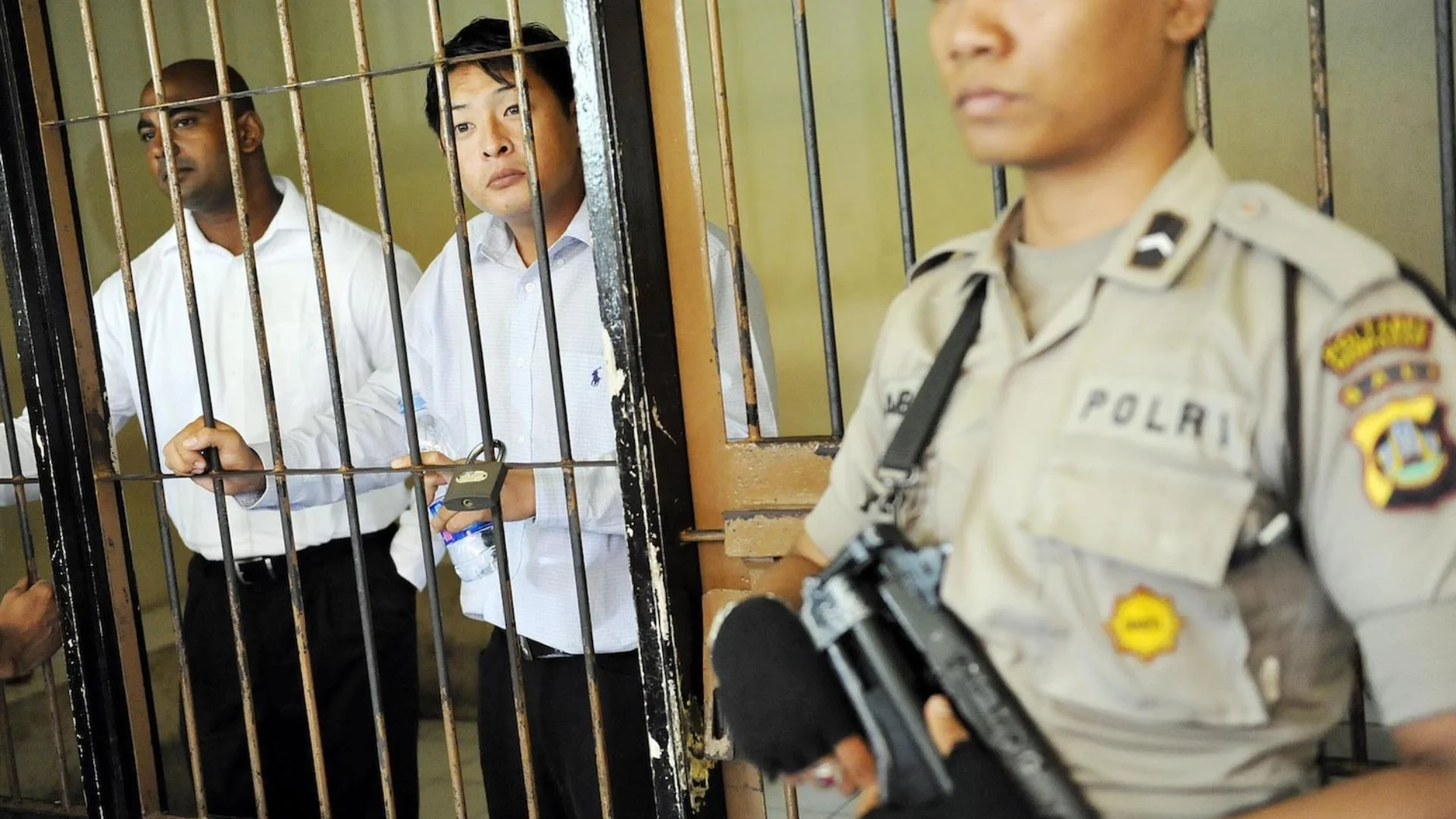
The Indian higher education sector is one of the largest in the world with over 40000 colleges, and over 1000 universities. With approximately 44 million students enrolling into higher education, it becomes equally important to have the number of teachers in the system. Today, the NEP2020 has approached the higher education sector with a holistic prospective of proving flexible courses and keeping the student at the center. For teachers or faculty in higher education, we do see many roles that can be played today, for instance a faculty who is focused on pure teaching, a faculty who in inclined towards research, faculty with industry experiences who work on consultancy and projects, and faculty who support administration and teaching together. The roles are many, but we cannot look at faculty as just education, they should be and can be leaders who influence the academic and professional trajectories of students.
The fundamental areas where college faculty leadership shines are in the areas of curriculum development, pure and applied research, student mentorship, and taking up continuous faculty development to stay abreast with industry needs and their area of specialization. Of course, these are also coupled with challenges with resource constraints, autonomy in research and teaching, and overall lack of number of teachers available. All these are required to enhance leadership capabilities of faculty. With approximately 1.61 million teachers in India, we are looking at an average teacher-student ratio of 1:27, and this for many reasons isn’t sufficient to manage the growing enrollment into the higher education. Not just the number of teachers, but teachers who can take up these leadership roles becomes crucial for a successful higher education sector.
There have been studies that show a direct correlation between learning and leadership. Aspects such as proactive learning, reading, and gaining knowledge, self-reflection and seeking feedback from others are exhibited by faculty who are better learners in general, and they are more likely to exhibit leadership traits like challenging the status quo, inspiring a sharing vision, enabling others to act, modelling the way and encouraging others.
We must understand that leaning strategies are versatile for different teachers and each teacher should have their own way towards learning. Higher educational institutions today should focus on creating an optimal learning environment that foster transformational learning where faculty are inspired to take up new challenges and develop future leaders. Learning isn’t restricted to anyone in higher education, in fact irrespective of the position held, teachers/faculty can always grow and exhibit leadership values when navigating the complex requirements of higher education today. Not only will we as a nation be able to fill in the requirements of higher education but also compete amongst the best in the world in bringing out novelty.
Ajitesh Basani is an Executive Director-Operations at Acharya Bangalore B-School (AUTONOMOUS).















